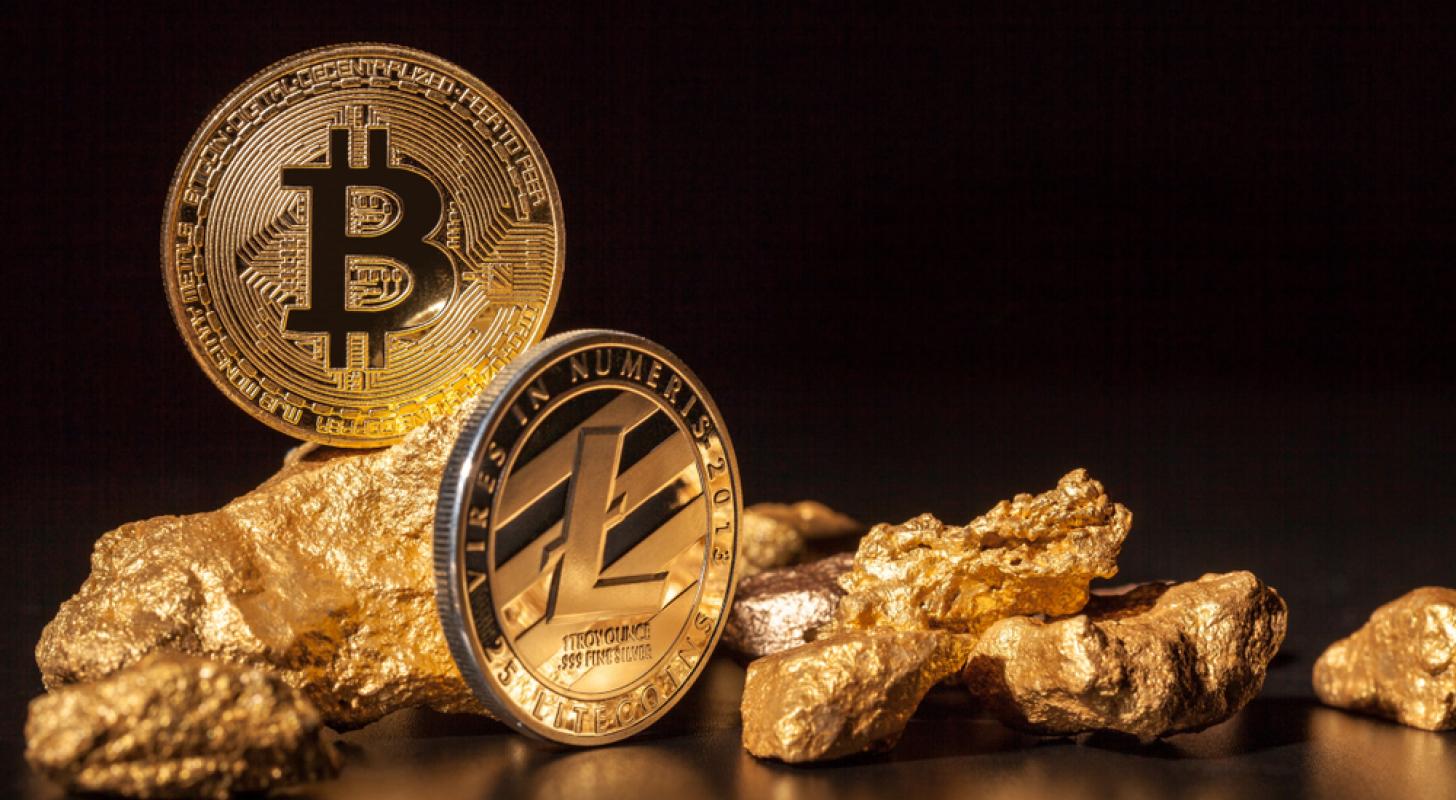The regulators have figured it out. A bill proposed by senators Kirsten Gillibrand and Cynthia Lummis classifies digital assets as commodities. But stablecoins, or commodity-backed tokens, are there already, and some investors are turning to them in uncertain times.
Under the Responsible Financial Innovation Act (RFI), the Commodity Futures Trading Commission (CFTC) would be granted regulatory authority over digital assets. A bipartisan framework “provides a strong, tailored regulatory framework for stablecoins, and integrates digital assets into our existing tax and banking laws,” Lummis said in a statement.
Risks vs. value
Some projects have already tied their stablecoins to commodities such as wheat, oil, and precious metals. Asia Broadband, a U.S.-based company that produces and supplies metals for Asian markets, released its own gold-backed cryptocurrency. Agtotoken, an Argentinian startup tokenizing grain by the ton, issued soy-, corn-, and wheat-backed coins as well.
As inflation, fears of recession, and crypto market uncertainties loom on the horizon, stablecoins could provide a port in the storm. According to Fabio Pezzotti, CEO of VC crypto fund Iconium, when the times are uncertain, commodities offer a hedge against inflation.
“When the market goes down, the price of commodities, especially when it comes to gold, tends to rise,” Pezzotti said. “Although we can never say or sure whether the price of commodities will appreciate or not, these investments can represent a way to …
Full story available on Benzinga.com
